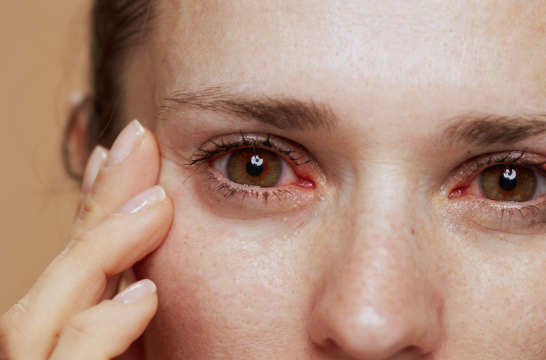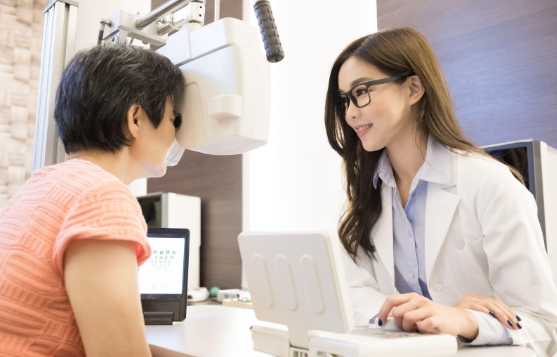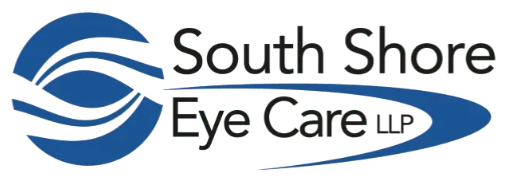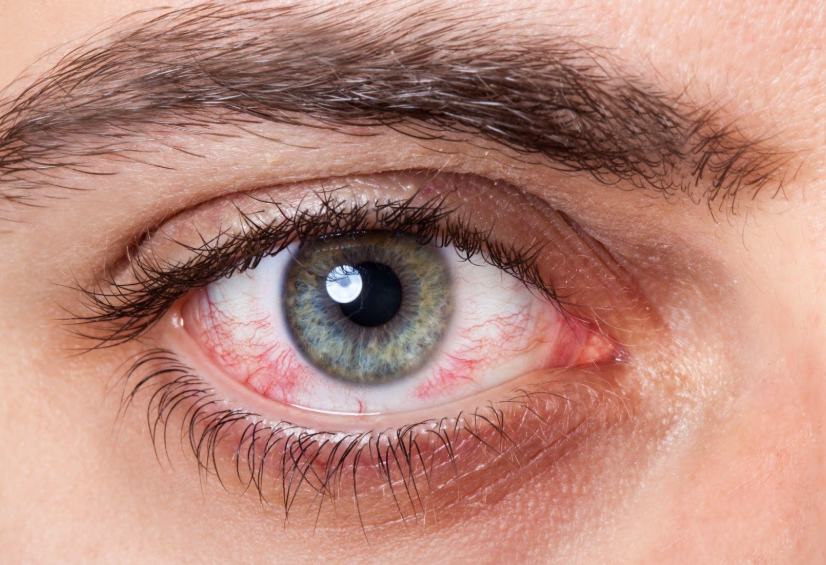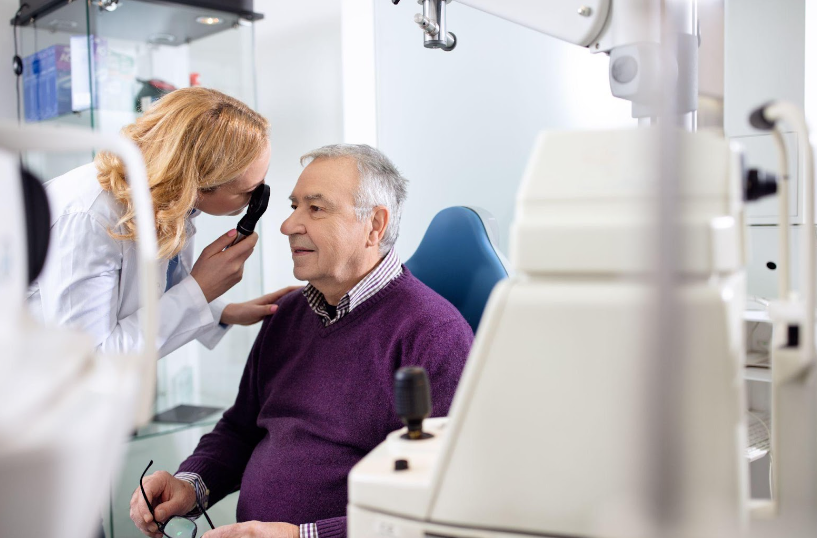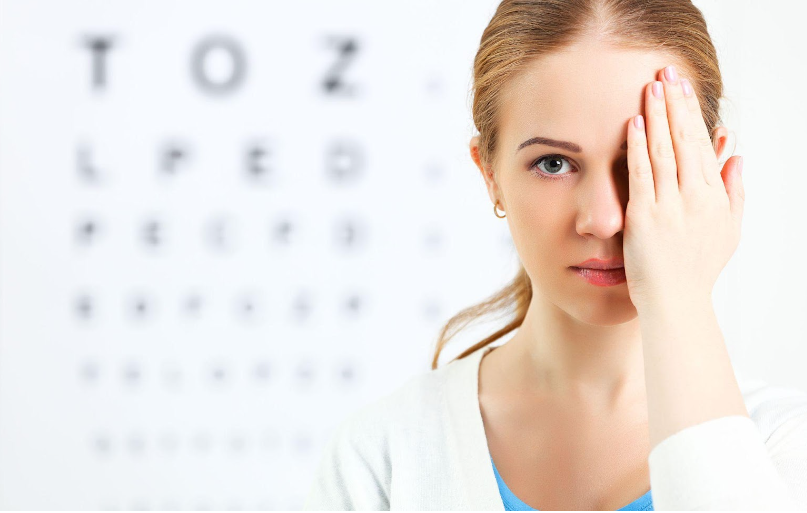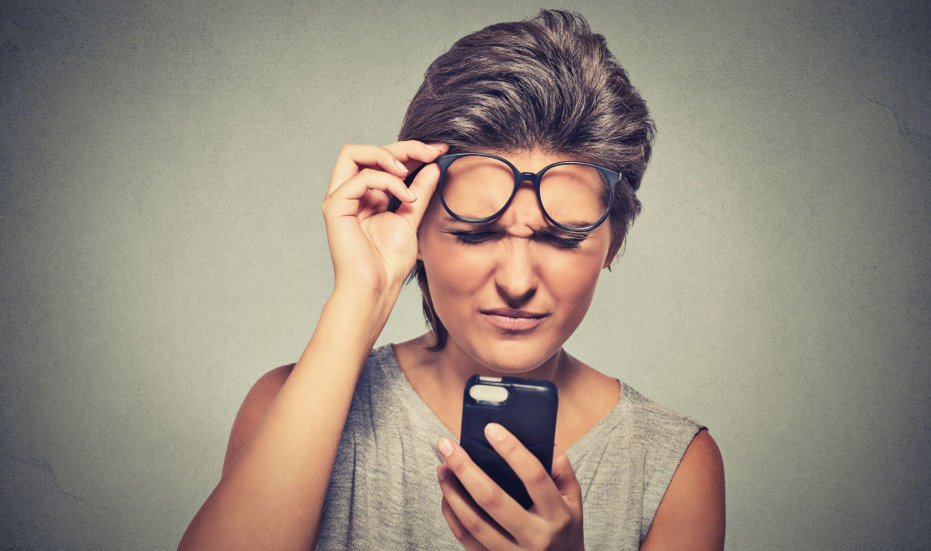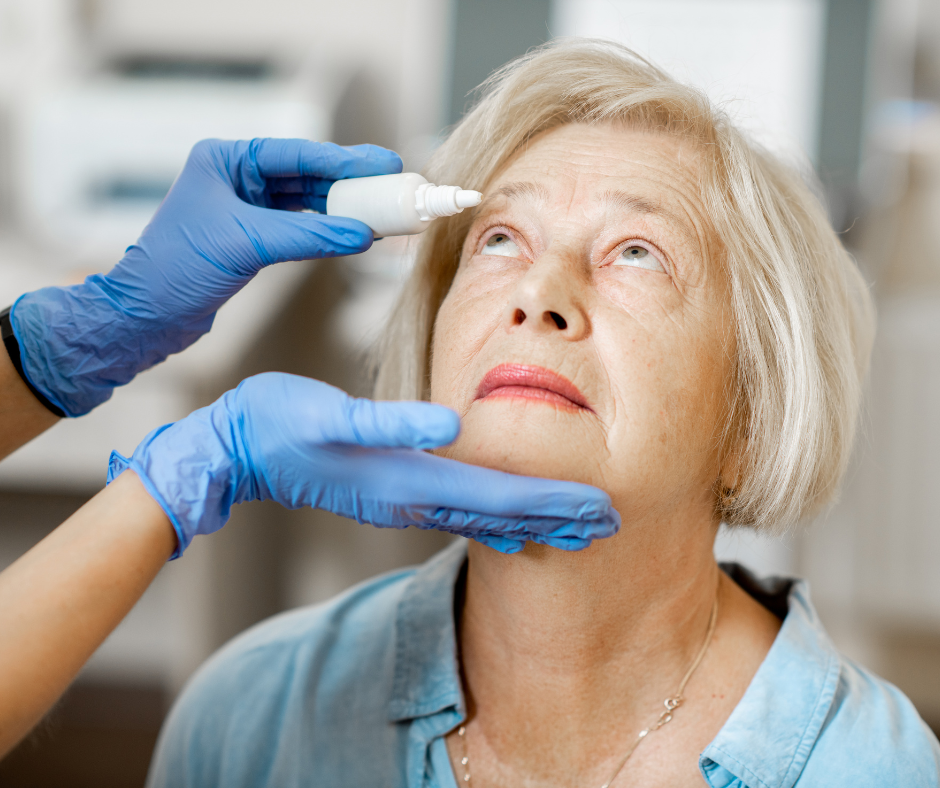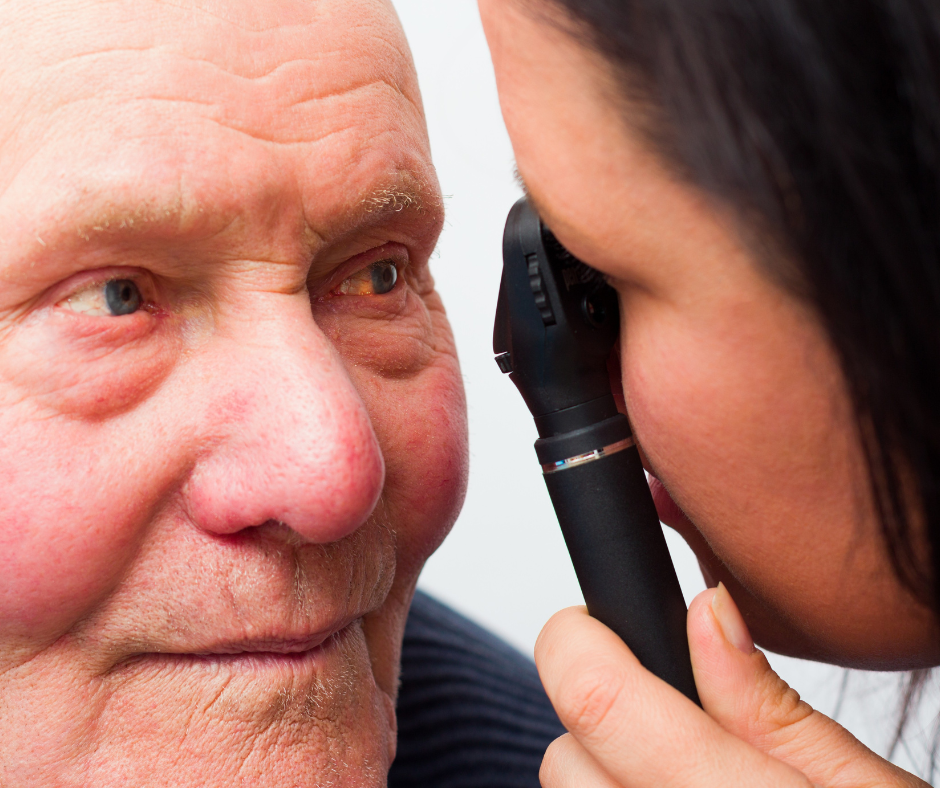Workplace eye safety is becoming an increasing topic of conversation for many employees and employers. Historically, both have been unaware of the need for eye protection and more specifically, the need for the correct type of eye protection based on occupation and environment.
According to the National Institute for Occupational Safety and Health (NIOSH) every day about 2,000 U.S. workers sustain job-related eye injuries, 90% of which could have been prevented by simply using the correct type of eye protection. A survey done by the Bureau of Labor Statistics revealed that nearly three out of five incurred injuries were not wearing eye protection at the time of the accident. The reason? They believed protection was not required for the situation.
It’s an alarming statistic that has garnered the need for more workplace education about safety protocols and proper personal protective equipment or PPE. So what exactly does that mean?
The most common potential eye hazards are:
- Projectiles (dust, concrete, metal, wood and other particles).
- Chemicals (splashes and fumes).
- Radiation (visible light, ultraviolet radiation, heat or infrared radiation, and lasers).
- Bloodborne pathogens (hepatitis or HIV) from blood and body fluids.
Some working conditions include multiple eye hazards and proper eye protection means taking ALL of them into account.
For example:
- If you are working in an area that has projectiles, flying objects or dust, the proper PPE would be safety glasses with side protection (side shields).
- If you are working with chemicalsor blood borne pathogens, the proper PPE would be goggles that create a seal around your eyes.
- If you are working near radiation (welding, lasers or fiber optics) the proper PPE includes special-purpose safety glasses, goggles, face shields or helmets designed for that task.
It’s important to note that conventional (dress) glasses are not an acceptable alternative as they do not provide enough protection to meet the OSHA (Occupational Safety and Health Administration) requirement for many work environments. Although safety glasses can look like normal dress eyewear, they are designed to provide significantly more eye protection and must be properly fit.
If you suspect an eye injury, do not hesitate to contact our office and request an emergency appointment at one of our locations. We treat a wide range of eye injuries and are one of the most trusted eye surgeons in New York. It’s important that you are seen as soon as possible to prevent any lasting damage or vision loss. Call 516-785-3900 (Wantagh office) or 516-541-4141 (Massapequa office) to schedule an appointment.
In the event of an injury, here are some recommended steps from the American Academy of Ophthalmology to follow until you can see your ophthalmologist.
IF YOU GET SAND OR SMALL PARTICLES IN THE EYE:
DO NOT:
- Rub the eye.
DO:
- Blink several times and allow tears to flush out the particle.
- Lift the upper eyelid over the lashes of your lower lid to let the eyelashes try to brush the particle out.
- Use eyewash, saline solution or running tap water to flush the eye out.
IF YOU GET CHEMICALS IN YOUR EYE:
DO:
- Immediately flush the eye with plenty of clean water and seek medical treatment right away.
- Look for information on the chemical that got into the eye as some chemicals cause more eye damage than others.
IF YOU RECEIVE A BLOW TO THE EYE:
DO NOT:
- Apply any pressure.
- Use steaks or other food items. These can get bacteria into the eye.
DO:
- Gently apply a cold compress to reduce pain and swelling.
- If a black eye, pain or visual disturbance occurs even after a light blow, immediately contact an ophthalmologist to rule out or prevent the progression of a significant eye injury.
IF YOUR EYE IS CUT OR PUNCTURED
DO NOT:
- Rub the eye or apply pressure.
- Rinse with water.
- Remove any objects that are stuck in the eye.
- Take aspirin, ibuprofen or other non-steroidal, anti-inflammatory drugs. These drugs thin the blood and may increase bleeding.
DO:
- Gently place a shield (protective cover) over the eye.
- Seek emergency medical help.
FOR ALL OTHER EYE INJURIES
DO NOT:
- Do not apply ointment or medication to the eye. Over-the-counter eye drops can be more painful or make the injury worse.
DO:
- See a doctor as soon as possible.
- If you can’t get to an ophthalmologist right away, go to the emergency room.
Workplace eye hazards are inevitable in all types of occupations, but both employers and employees can take these additional steps to help ensure a safer work environment for your eyes.
- Know the eye safety dangers of your environment.
- Eliminate known hazards before work begins.
- Use and provide proper eye protection.
- Keep safety eyewear in good condition and replace it when damaged.
